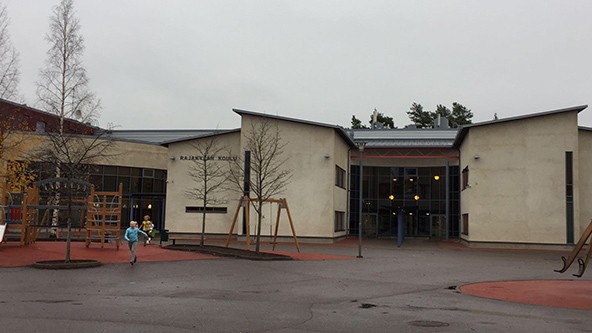The Finnish education system consistently ranks among the best in the world, often drawing comparisons with the US system. This article delves into the key differences between the two, highlighting Finland’s holistic, student-centered approach. We’ll explore four key reforms that could potentially improve the US education system.
Finland’s success stems from a philosophy that prioritizes children as a national resource. This translates into an education system that focuses on well-being and equipping students with essential life skills, contrasting with the US emphasis on standardized testing and accountability. While Finland invests less per student than the US, its outcomes are significantly better, raising questions about the effectiveness of current US education strategies. This disparity in performance, despite similarities in infrastructure and spending, suggests that systemic differences play a crucial role.
1. Defining Graduate Outcomes: Skills vs. Content
Finland defines educational success through seven broad transversal skills, encompassing critical thinking, cultural competence, and lifelong learning. This framework allows for local adaptation and emphasizes holistic development rather than rote memorization. Conversely, the US system often relies on content-based curricula and standardized tests, potentially hindering creativity and deeper learning.
Some US institutions are beginning to adopt competency-based approaches, mirroring the Finnish model. Initiatives like the Mastery Transcript Consortium focus on showcasing individual student strengths and skills, moving beyond traditional grading systems.
2. Empowering Teachers: Autonomy and Professional Development
Finnish teachers enjoy high levels of autonomy and respect. Rigorous teacher training programs, coupled with reduced classroom hours, enable them to focus on individualized learning and collaborative lesson planning. In contrast, US teachers often face heavier workloads, standardized testing pressures, and limited autonomy, leading to burnout and dissatisfaction. Furthermore, Finnish teachers actively participate in policymaking, ensuring their voices are heard.
Addressing teacher shortages and fostering a supportive environment are crucial for improving the US education system. Alternative certification pathways and ongoing professional development programs could help attract and retain talented educators.
3. Student Agency: Rights and Responsibilities
Finnish law guarantees students a safe learning environment and active participation in their education. Students have rights and responsibilities, including involvement in school governance and parent-teacher meetings. This fosters a sense of ownership and empowers them to advocate for their needs. In the US, student agency is often less emphasized, with limited opportunities for meaningful participation in decision-making processes.
Increasing student voice and choice in their learning experiences can promote engagement and ownership. Lowering the voting age for school board elections and incorporating student representatives in school governance are potential avenues for enhancing student agency.
4. Integrated Support Systems: Holistic Well-being
Finland integrates health and social services within the school system, ensuring comprehensive student well-being. Student Welfare Committees, comprising educators, healthcare professionals, and social workers, address individual student needs proactively. Free meals, regular outdoor breaks, and shorter school days further contribute to a healthy learning environment. While some US schools offer similar support services, access and integration vary significantly.
Strengthening partnerships between schools and community organizations can provide comprehensive support for students. Funding and policies that prioritize integrated services can alleviate the burden on schools and promote equitable access to resources.
Conclusion: Lessons for the US
The Finnish education system offers valuable insights for the US. By prioritizing student well-being, empowering teachers, fostering student agency, and integrating support services, Finland has created a successful model. Adapting these principles to the US context requires a fundamental shift in educational philosophy, focusing on holistic development and equity. While innovative new school models are emerging in the US, systemic reforms are essential to improve educational outcomes for all students. A comparative study between the US and Finnish education systems underscores the importance of a student-centered approach, highlighting the potential for transformative change within the US educational landscape.
